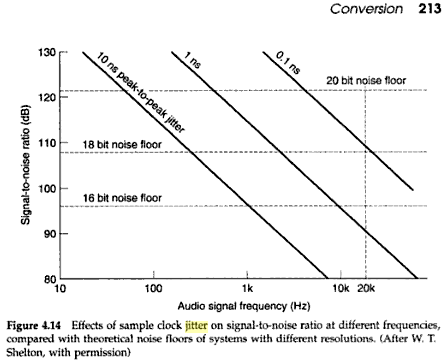stv014
Headphoneus Supremus
- Joined
- Jul 17, 2011
- Posts
- 3,493
- Likes
- 274
Is dithering used in the process?
Only on the final output file, since temporaries are in floating point format. It does not make much difference, though, because the output file still has 24-bit resolution, so it should not really matter in practice if it is dithered or not.






















